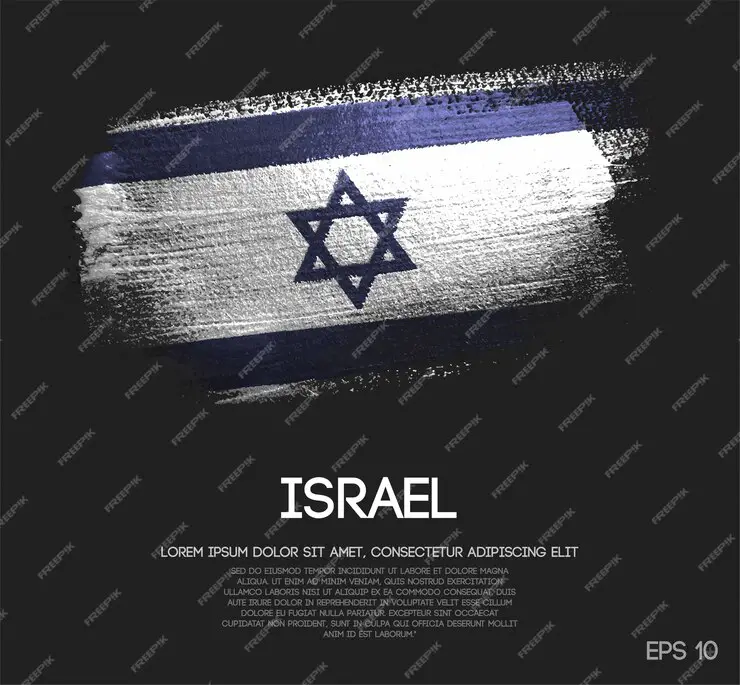Differentiating 7 Freedom of Speech and 7 Freedom of the Press: Coverage and Restrictions

Freedom of speech and freedom of the press are two distinct but closely related rights protected under the First Amendment of the United States Constitution. While both rights share a common foundation in promoting the free flow of information and ideas, they serve different purposes and are subject to different considerations when it comes to coverage and restrictions.

Page Contents
Differentiating 7 Freedom of Speech and 7 Freedom of the Press: Coverage and Restrictions
A> The Three (3) Freedom of Speech
Coverage: Freedom of speech, as outlined in the First Amendment, protects individuals’ rights to express themselves without interference or censorship from the government. This includes verbal, written, symbolic, and expressive forms of communication, encompassing opinions, beliefs, ideas, and artistic expressions. The scope of protected speech is broad and includes:
- Political Speech: Expressing opinions on government policies, officials, and public issues.
- Artistic Expression: Creative works, performances, and cultural productions.
- Symbolic Speech: Actions or gestures that convey a message, such as protests or demonstrations.
Example
Another compelling example of freedom of speech can be observed in the “Brandenburg v. Ohio” case (1969). This pivotal Supreme Court decision centered around Clarence Brandenburg, a Ku Klux Klan leader, whose inflammatory speech and advocacy for violence against minority groups led to his arrest under an Ohio law prohibiting such advocacy. The Supreme Court, however, overturned his conviction, ruling that speech can only be restricted if it is directed to inciting or producing imminent lawless action and is likely to incite or produce such action. This landmark case established a significant precedent that protects even highly offensive and controversial speech under the First Amendment, highlighting the crucial role of free speech in safeguarding robust public debate and dissent in a democratic society.
Four (4) Freedom of Speech Restrictions:
Despite its broad protection, freedom of speech is not absolute and may be subject to certain limitations, including:
- Incitement to Violence: Speech that directly encourages immediate unlawful action or violence is not protected.
- Obscenity: Speech that is considered obscene and lacks any artistic, scientific, or literary value is not protected.
- Defamation: False statements of fact that harm the reputation of others may lead to legal liability.
- Hate Speech: While generally protected, speech that constitutes targeted harassment or incitement based on race, religion, gender, or other protected characteristics may face restrictions in certain contexts.
Courts often balance the protection of free speech with societal interests such as public safety, privacy, and the prevention of harm.

B> The Three (3) Freedom of the Press
Coverage: Freedom of the press protects the right of journalists and media organizations to gather, publish, and distribute information and news without government interference or censorship. It ensures a free flow of information to the public, promotes transparency in government, and enables informed public debate. Protected activities under freedom of the press include:
- Investigative Journalism: Reporting on government activities, public policies, and matters of public interest.
- Editorial Content: Opinion pieces, editorials, and commentary that express viewpoints on current events and issues.
- Access to Information: Freedom of the press includes the right to access government information and documents, subject to certain limitations.
Example
An example of freedom of the press could be the case of the “Pentagon Papers” in 1971, where The New York Times and The Washington Post published classified documents revealing the U.S. government’s misleading statements about its involvement in the Vietnam War. Despite government attempts to block publication, the Supreme Court upheld the newspapers’ right to publish, citing the First Amendment’s protection of press freedom.
The Four (4) Freedom of the Press Restrictions:
Similar to freedom of speech, freedom of the press is not absolute and may be subject to limitations in specific circumstances, such as:
- National Security: Government may restrict certain sensitive information that could endanger national security if disclosed.
- Privacy: Respect for individuals’ privacy rights may restrict the publication of private or confidential information without consent.
- Defamation: Publishing false statements of fact that harm someone’s reputation can lead to legal consequences.
- Copyright: Respecting intellectual property rights and avoiding unauthorized use of copyrighted material.
Courts often balance the freedom of the press with other rights and interests, such as national security, privacy, and fair trial rights.
Conclusion
Freedom of speech and freedom of the press are essential rights that underpin democratic societies by ensuring the free exchange of information, ideas, and opinions. While both rights share the common goal of promoting transparency, accountability, and public discourse, they serve distinct roles in protecting individual expression and journalistic integrity. Understanding their coverage and limitations is crucial in navigating the complex landscape of rights and responsibilities in a democratic society, where the balance between freedom and regulation remains a continuous subject of debate and legal interpretation. As societal norms and technological advancements evolve, the application of these rights continues to shape the boundaries of expression and information dissemination in the modern era.






